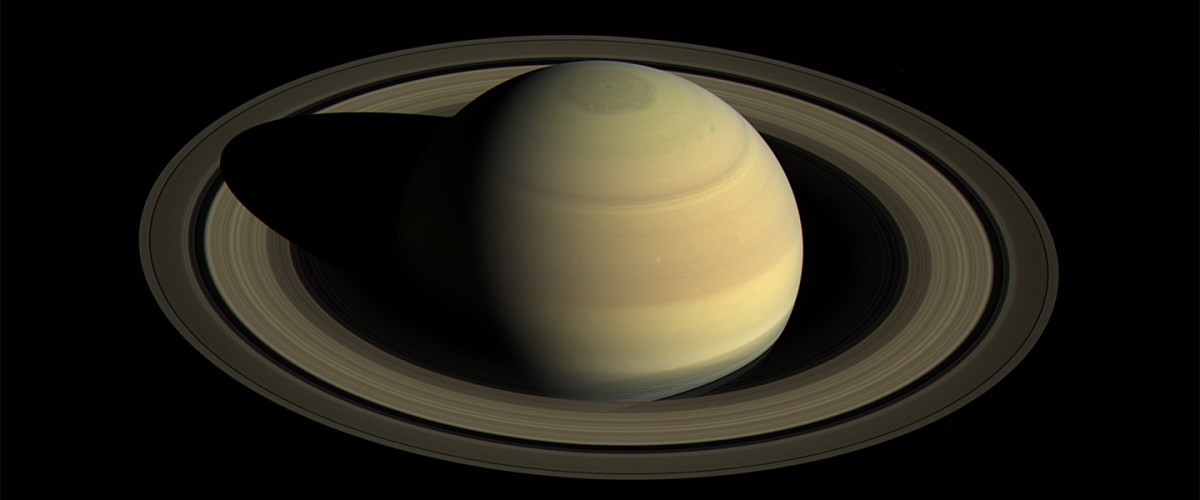Each second, Saturn’s rings shed some thousands of pounds of water ice, organic molecules, and other tiny particles into the gas giant’s clouds, according to National Geographic.
Thanks to NASA’s Cassini spacecraft, scientists are finally able to learn more about the intricate interactions between Saturn and its rings. Cassini sailed 22 times between the rings and the planet during its final weeks of life. While doing so, it gathered the rain falling from the rings. Scientists will be able to study the rings’ composition and the rate at which they’re shedding particles.
Understanding that interaction could help us learn about the origin and age of the solar system’s most famous bangles, according to Nat Geo.
Thanks for reading InsideHook. Sign up for our daily newsletter and be in the know.


















